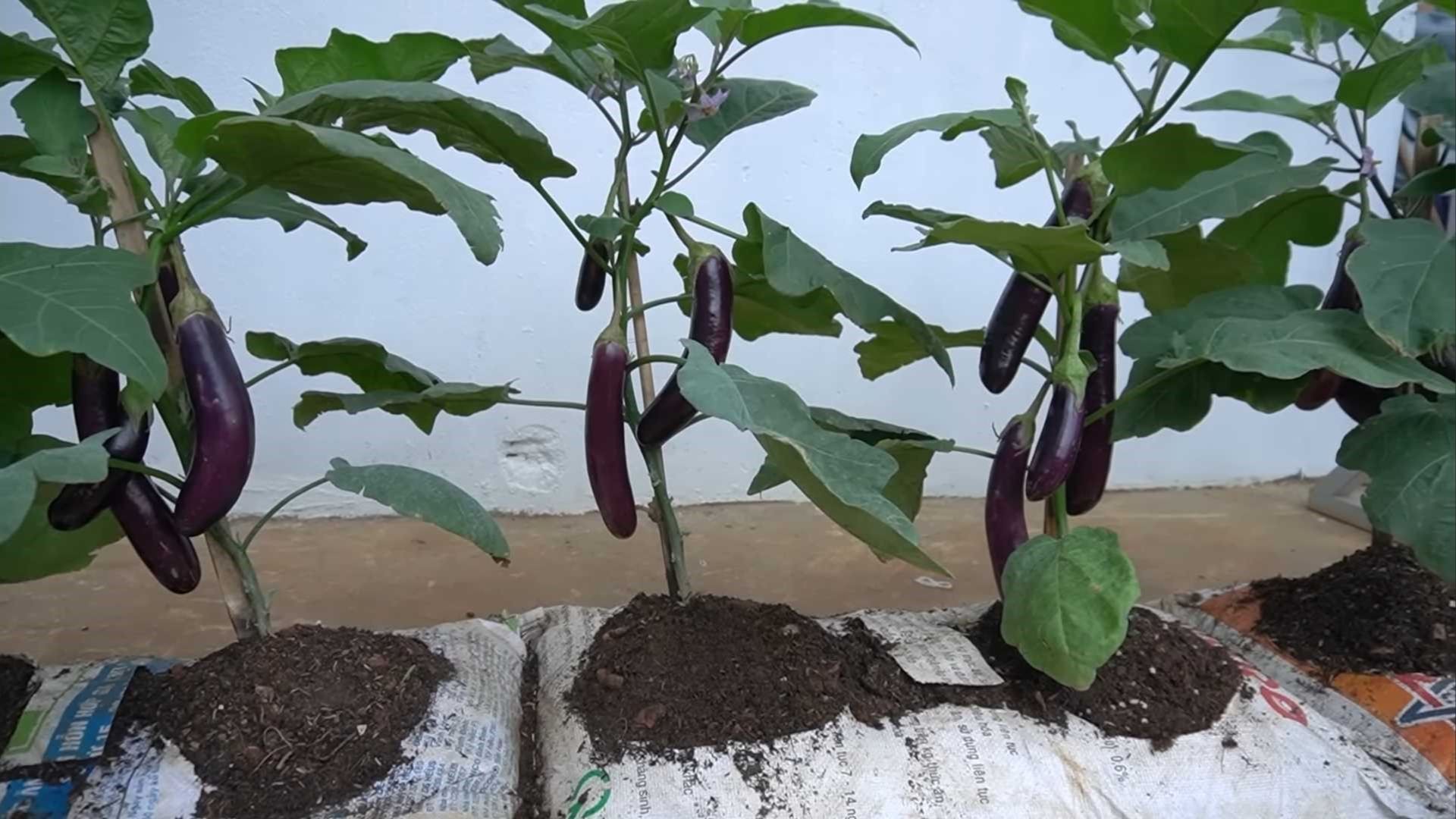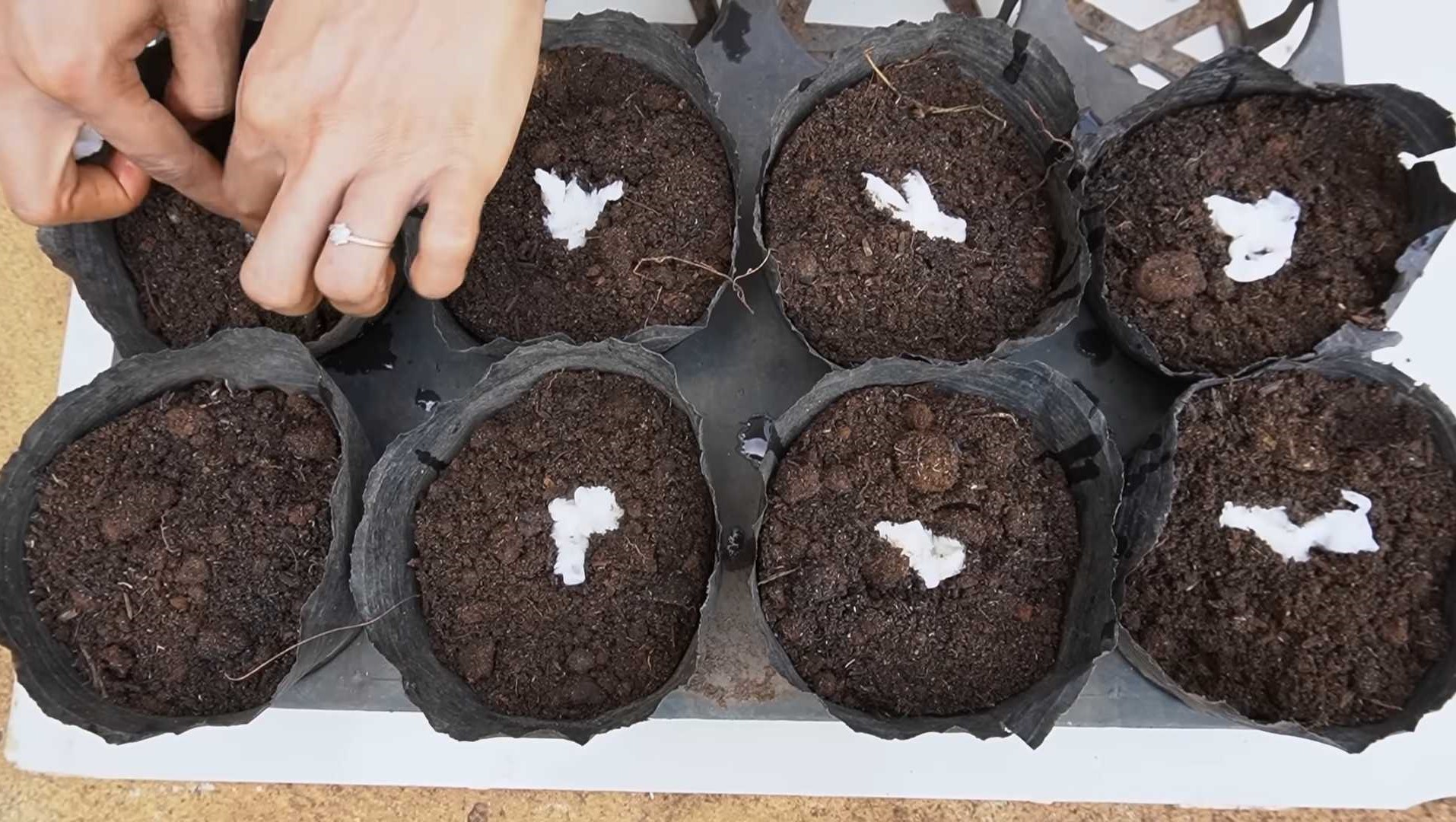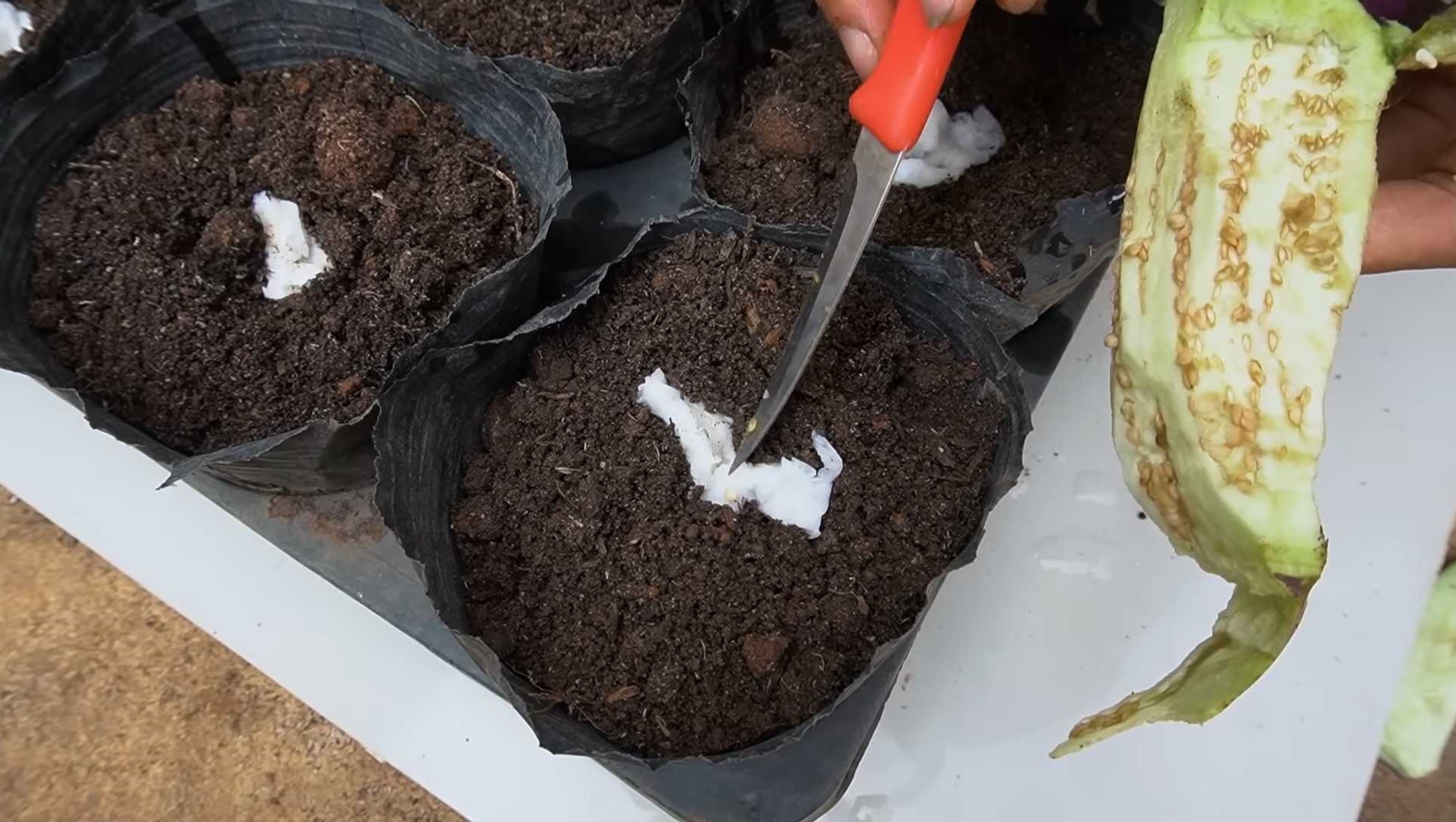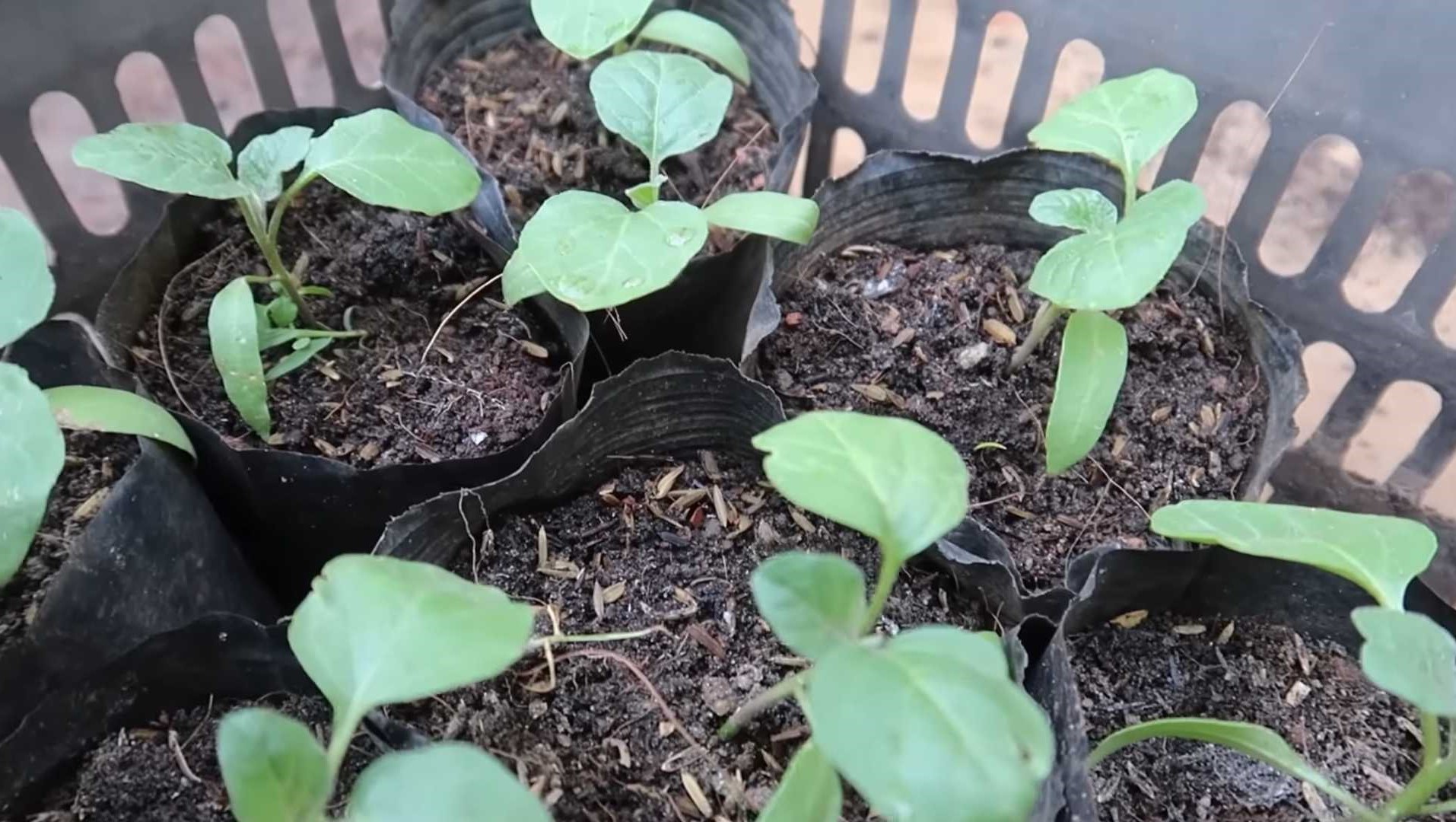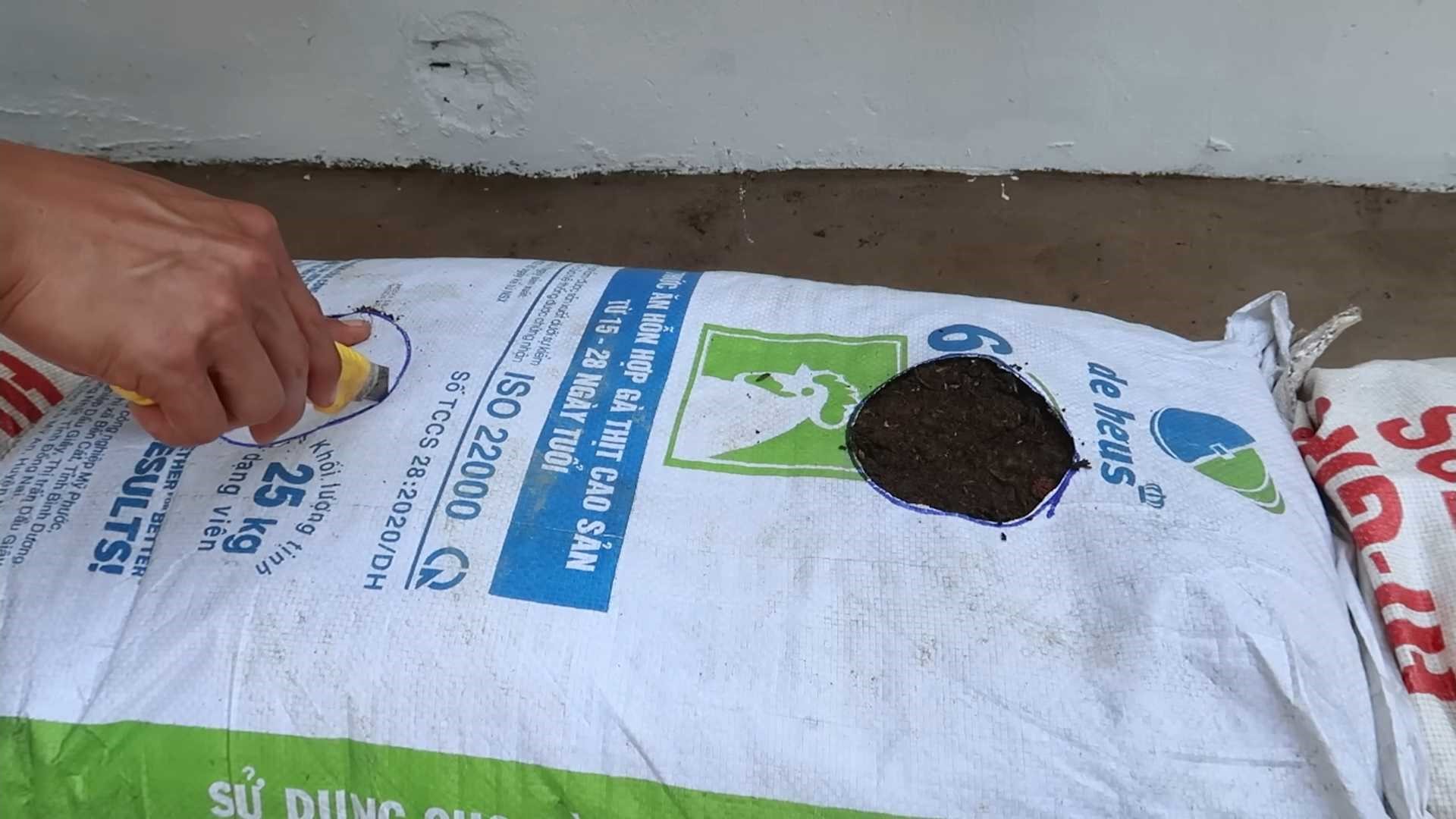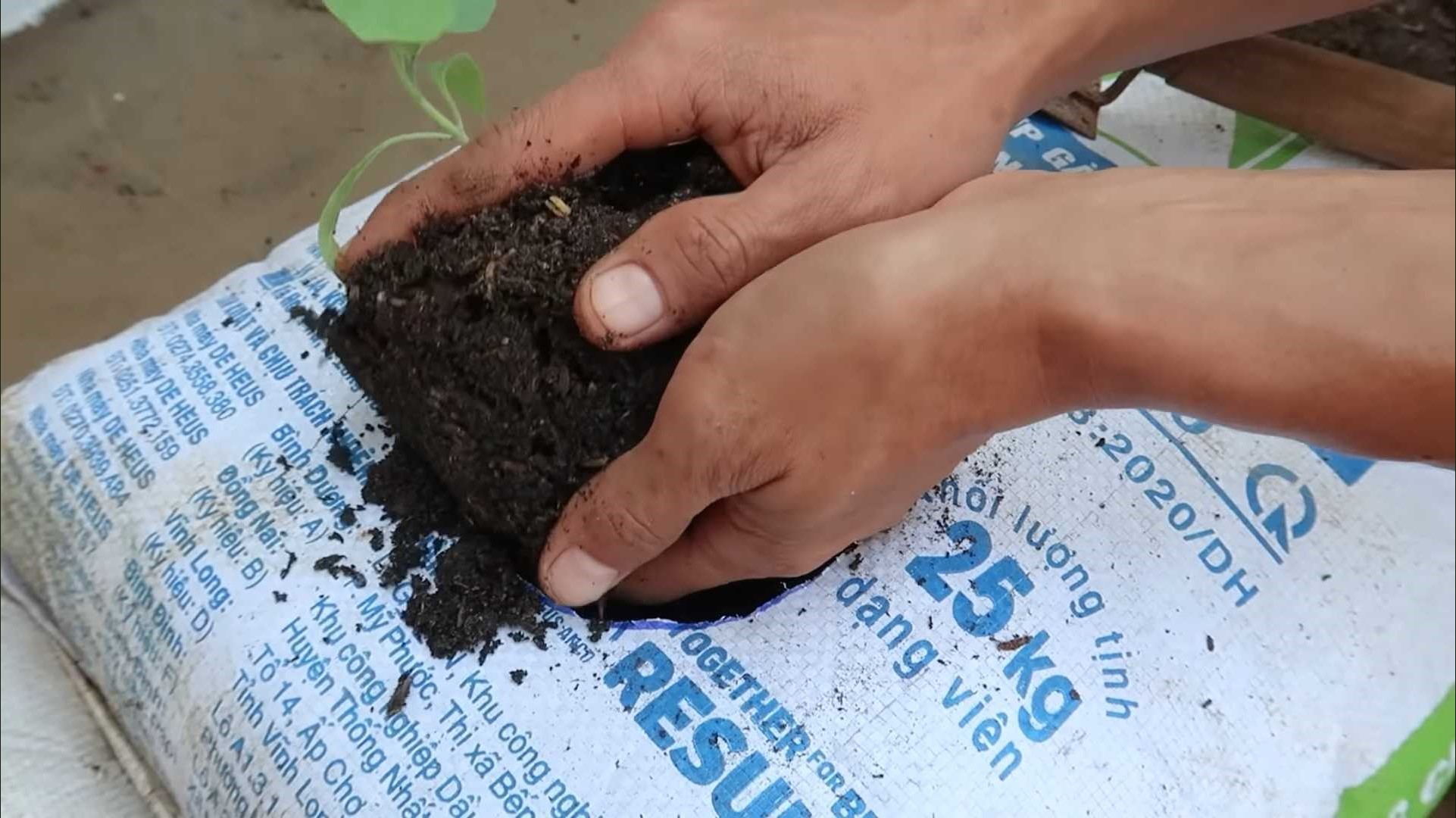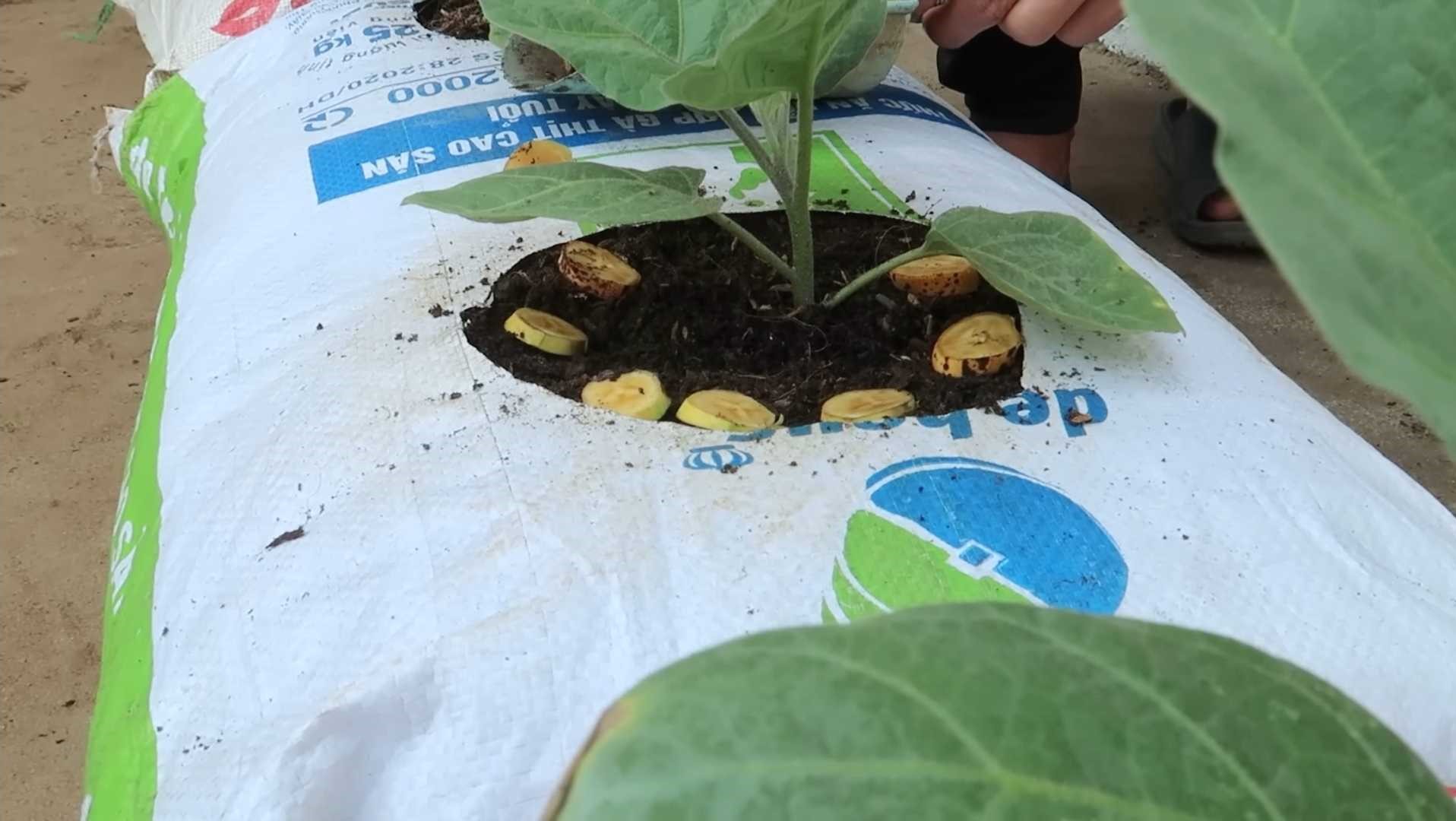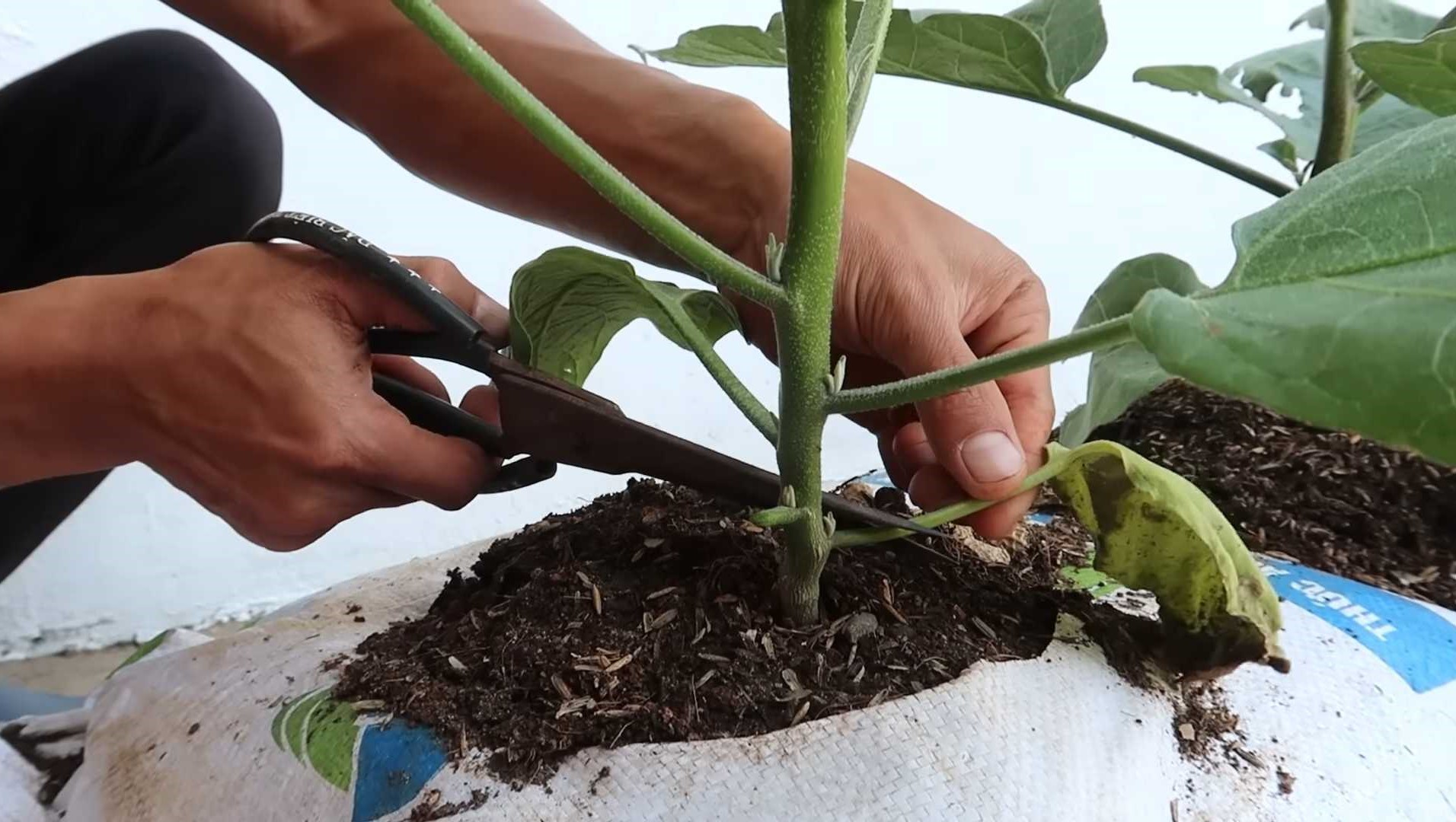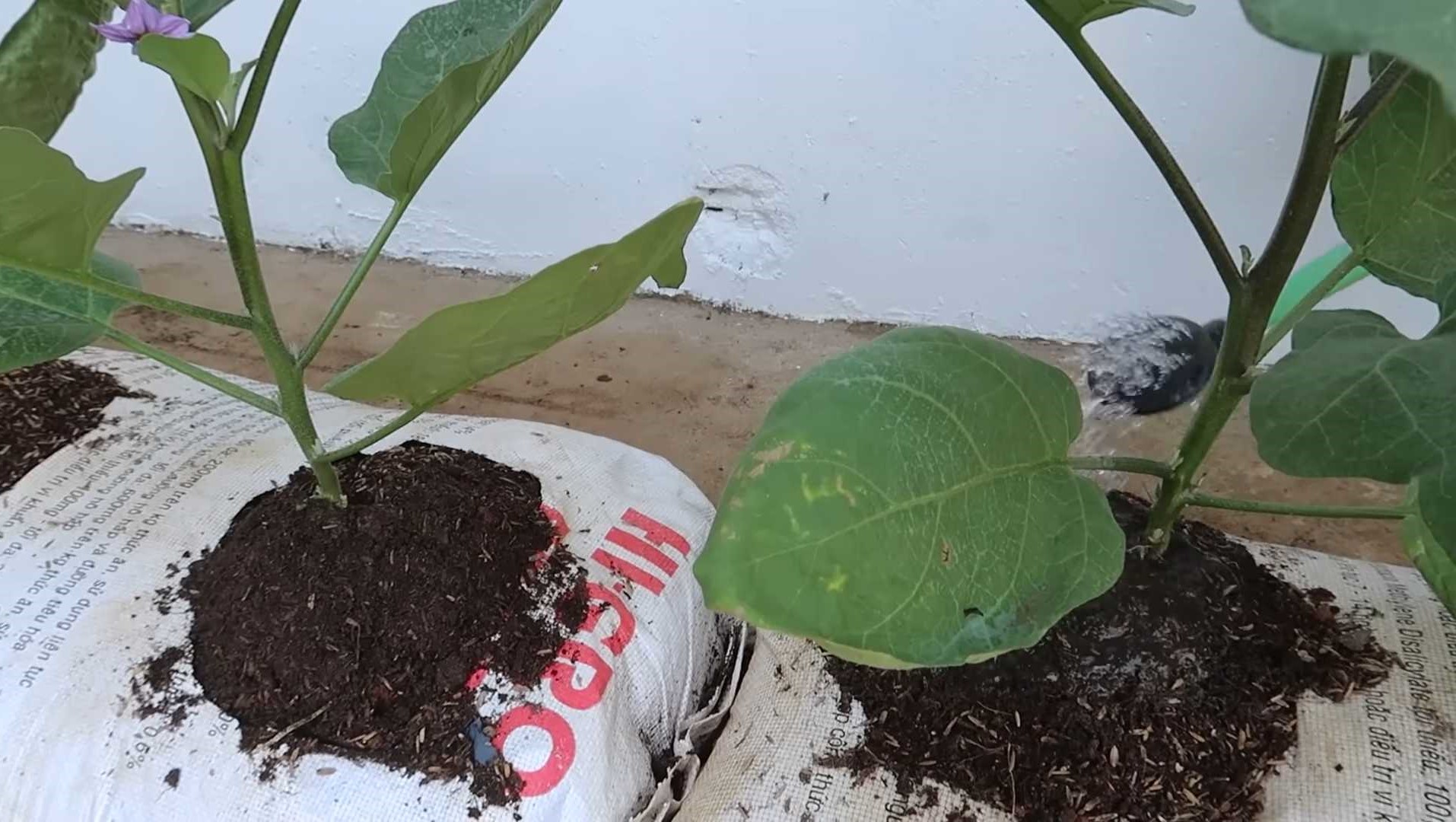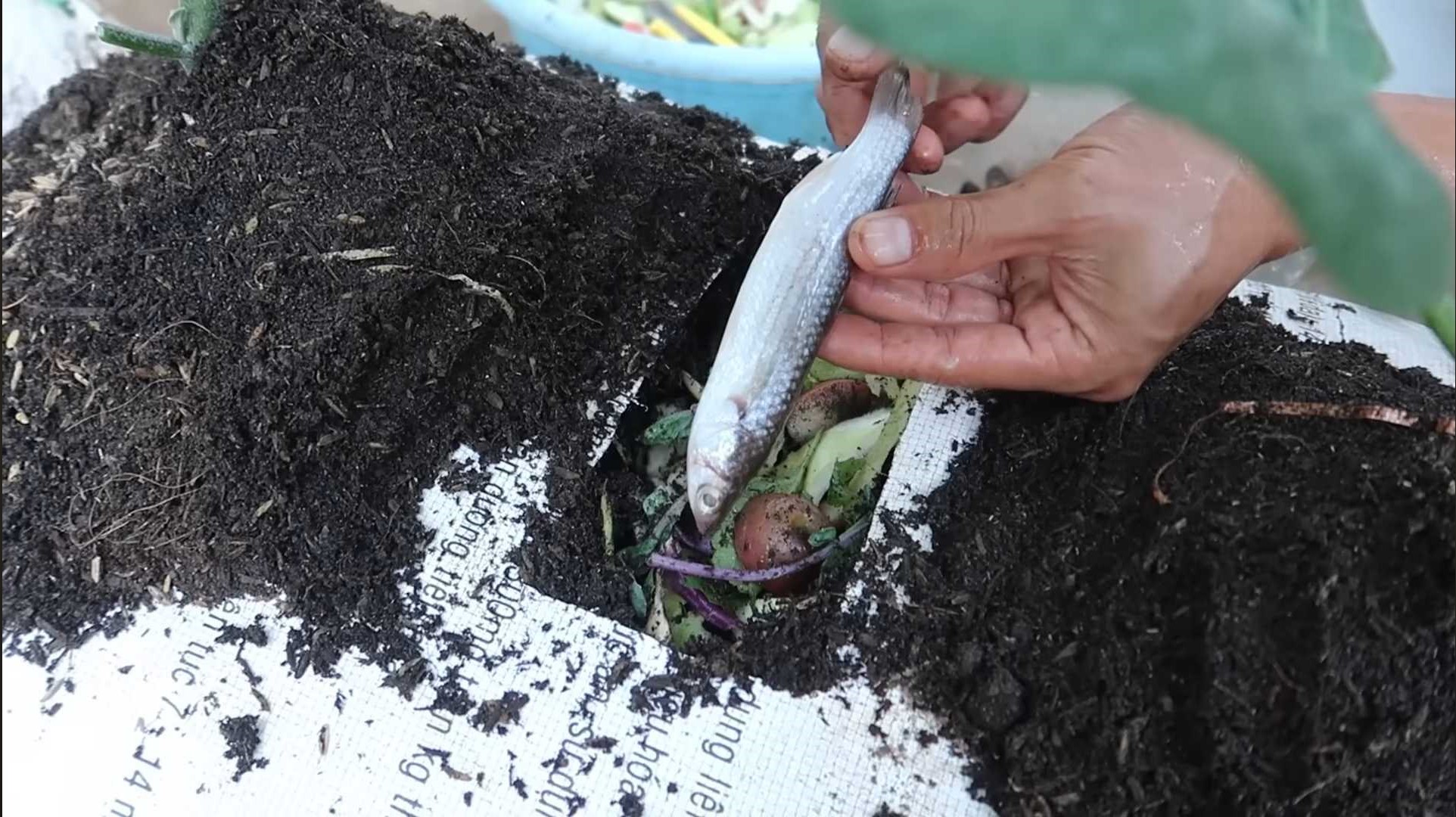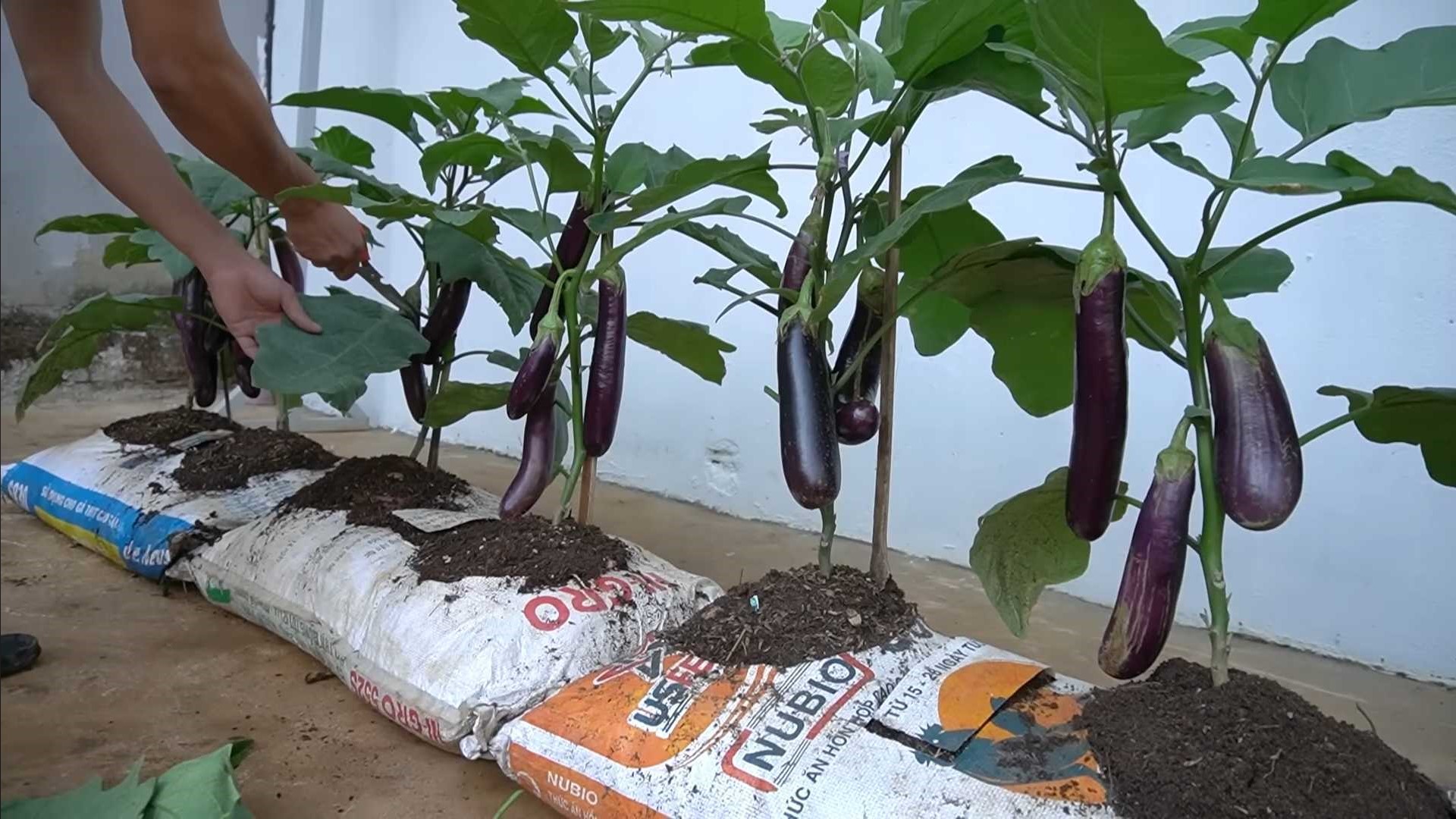Eggplants are popular summer vegetables. Yet, not every gardener has the opportunity to grow them.
The good news is that eggplants don’t need too much space. In fact, if you go with dwarf varieties, you can grow them in containers or soil bags.
Believe it or not, growing eggplants in bags of soil is super easy! And it requires less preparation than a conventional container garden.
Here’s everything you need to know to grow eggplants in soil bags.
Let’s get started!
#1 Prepare The Planting Soil
Understanding the eggplant growth stages is very useful. This knowledge can prepare you for everything that comes.
You’ll know when to expect seeds to germinate and increase irrigation. Poor watering will affect the quality and quantity of fruits. That’s because eggplants are mostly made of water.
But before we get to that, we have to prepare the planting soil. Use a standard seed-starting mix or topsoil mixed with compost.
Fill small sacks with this mixture. Place a piece of wet tissue on top of the soil. Now you can move onto the next step.
#2 Plant The Seeds
You can use fresh eggplant seeds or ones from a pack. The planting process is the same for both.
Place them on top of some wet tissue. Cover the seeds with some substrate and water them lightly.
The paper towel will prevent them from drying and ensure proper germination.
#3 Find A Suitable Location
Once your seeds sprout, move your eggplants to a spot with bright light. Keep them at temperatures of around 70-85°F.
Soon, your seedlings will be ready for the transplant. At this point, make sure to place your grow bag in a spot that gets full sun.
This will give you the tastiest and largest fruits.
#4 Fill Large Bags With Soil
Your seeds can be ready for transplant in as little as 15 days. That’s why you shouldn’t wait too long to prepare the soil.
Mix your garden soil with plenty of compost or buy large soil bags. In general, growers plant one eggplant per 5-gallon bag.
Once you place the bags in their permanent location, it is time to make holes. Make them large enough for your seedlings to fit in, soil and all.
#5 Transplant The Seedlings
Move the soil around in the hole so that your seedling can fit. Take it out of its old container and plant it in the soil bag. Don’t remove the previous soil since that’s a waste.
Afterwards, make sure to water them deeply. One of the most common eggplant growing mistakes is inadequate irrigation. These purple veggies need around an inch of moisture per week.
#6 Make More Room And Fertilize
The key is to start feeding these vegetables early.
Apply a diluted fertilizer after planting. Then, switch to a high potassium plant food once the plant starts fruiting.
Or use banana peel fertilizer or even entire bananas. They are rich in potassium and will promote blooming and fruiting.
And don’t forget to make more room for your eggplants. They will spread, so make the holes a little wider when you start fertilizing.
Finally, water your eggplants after feeding them. This is crucial if you’re using bananas or slow-release fertilizers.
P.S. If you’re using entire bananas, make sure to cover them with soil. This will help them decompose and release their nutrients.
#7 Prune Discolored Foliage
Your eggplants should resemble real plants by now. This is the time to give them a light prune.
At this point, I’d only remove discolored leaves. They waste the plant’s energy, which can affect flowering and fruiting.
#8 Build The Soil
After removing discolored leaves, you should build the soil.
This means creating a mound at the base of your plant. Use the same type of substrate as the one in which your eggplants are growing. It can be your own mixture or the one you bought.
After you do this, water your plants to allow the soil to set. And to keep the roots moist.
Remember, eggplants are mostly water, so they need plenty of moisture to thrive.
#9 Add Compost Or Kitchen Scraps
Once you notice your eggplants flowering, it is time to feed them some more. You can use compost or fresh kitchen waste. Both materials will break down and feed your eggplants.
Make square holes near your eggplants and fill them with plant food of your choice. Cover them with soil, and that’s it.
These materials will give your eggplants an extra boost. This will ensure you get plenty of flowers and fruits afterwards.
And don’t forget to water your eggplants afterwards!
#10 Harvest The Fruits
Your eggplants are ready for the harvest once their skin obtains a glossy sheen. This usually takes 100-120 days after planting, but it depends on the variety.
Use clean and sharp pruners when harvesting these plants. It will reduce the damage you do.
Why is this important? Because – with a little patience – you can encourage your eggplant plants to bloom and fruit more than once.
P.S. Eggplants are easy plants for greenhouse beginners. They will thrive in this setting even in colder weather if you turn on the heating.
Here are some more tips for growing eggplants in soil bags that can help you out:

